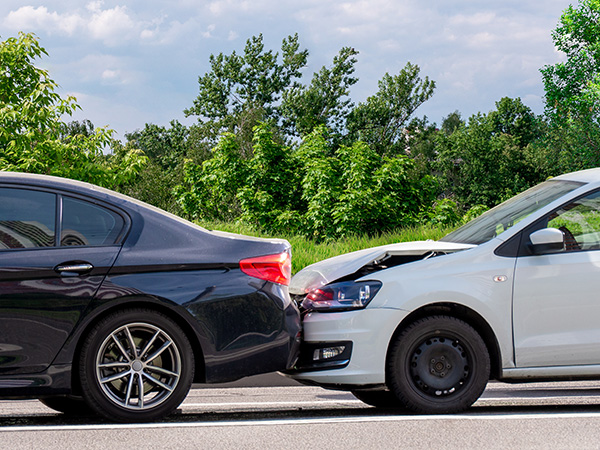
Car accidents are an unfortunate reality on American roads. They cause injuries, loss of life, and significant property damage, affecting countless families every year. Understanding the common causes of car accidents can help drivers become more aware and take necessary precautions to stay safe. So, what are the top reasons these incidents occur? Let's explore the ten most common causes of car accidents in the US.
1. Distracted Driving
Distracted driving is the leading cause of car accidents in the United States. With the rise of smartphones, many drivers find it difficult to resist the temptation of checking messages, emails, or social media. Even tasks like adjusting the radio, eating, or using a navigation system can divert attention from the road. When a driver's focus shifts from driving, even for a few seconds, it can lead to catastrophic consequences. It's crucial to always keep your eyes on the road and your hands on the wheel.
2. Speeding
Speeding significantly increases the risk of accidents and the severity of collisions. When drivers exceed the speed limit, they have less time to react to obstacles or sudden changes in traffic conditions. High speeds reduce the effectiveness of safety features like airbags and seatbelts. Speed limits are set based on road conditions, traffic, and other factors to ensure safety. Following these limits is essential not just for avoiding tickets but for preventing accidents.
3. Drunk Driving
Despite extensive awareness campaigns and strict laws, drunk driving remains a major cause of car accidents. Alcohol impairs a driver's ability to make sound decisions, slows reaction times, and reduces coordination. Driving under the influence puts everyone on the road at risk. The safest choice is to avoid driving if you've consumed any alcohol. Utilize ride-sharing services or taxis, or designate a sober driver to ensure you and others get home safely.
4. Reckless Behavior
Aggressive driving, such as tailgating, speeding, and weaving in and out of traffic, can easily lead to accidents. Road rage incidents, where drivers lose their temper and drive aggressively, are particularly dangerous. Reckless behavior endangers the aggressive driver and everyone else on the road. Staying calm and patient, even in heavy traffic or frustrating situations, is key to safe driving.
5. Poor Weather Conditions
Weather conditions like rain, snow, fog, and ice can make driving extremely hazardous. Slippery roads reduce traction, making it harder to stop or maneuver. Visibility can also be significantly impaired, increasing the likelihood of accidents. In poor weather conditions, driving slowly, maintaining a safe distance from other vehicles, and using headlights appropriately is important. Sometimes, the safest choice is to avoid driving until conditions improve.
6. Running Red Lights
Running red lights is a common and dangerous behavior that can lead to serious side-impact collisions, often referred to as T-bone accidents. Drivers who run red lights usually do so out of impatience or distraction, putting themselves and others at significant risk. To prevent accidents, always obey traffic signals and be cautious when entering intersections, even if you have the right of way.
7. Running Stop Signs
Failing to stop at stop signs is another frequent cause of accidents, particularly at intersections and in residential areas. Drivers may ignore stop signs due to distraction, ignorance of the road rules, or in a hurry. Always come to a complete stop, look both ways and proceed cautiously to ensure that the intersection is clear.
8. Inexperienced Drivers
Due to their lack of experience and skills, inexperienced drivers, especially teenagers, are more likely to be involved in accidents. They may struggle with judging distances, understanding traffic patterns, and reacting to unexpected situations. Providing comprehensive driver education and ensuring new drivers gain experience under supervision can help reduce accidents involving inexperienced drivers.
9. Night Driving
Driving at night presents unique challenges, including reduced visibility and increased difficulty in judging distances. The risk of encountering impaired or drowsy drivers also increases after dark. To stay safe while driving at night, use your headlights properly, reduce speed, and be extra vigilant for pedestrians, cyclists, and other vehicles.
10. Mechanical Failures
Mechanical failures, such as brake failure, tire blowouts, or steering issues, can cause serious accidents. Regular maintenance and prompt repairs are essential to keeping your vehicle in safe working condition. Always check your tires, brakes, lights, and other critical systems before heading out on the road, especially for long trips.
Worried about your vehicle's safety after a crash? Schedule a comprehensive maintenance check with db Orlando Collision today! Our expert technicians will ensure your car is in top condition.